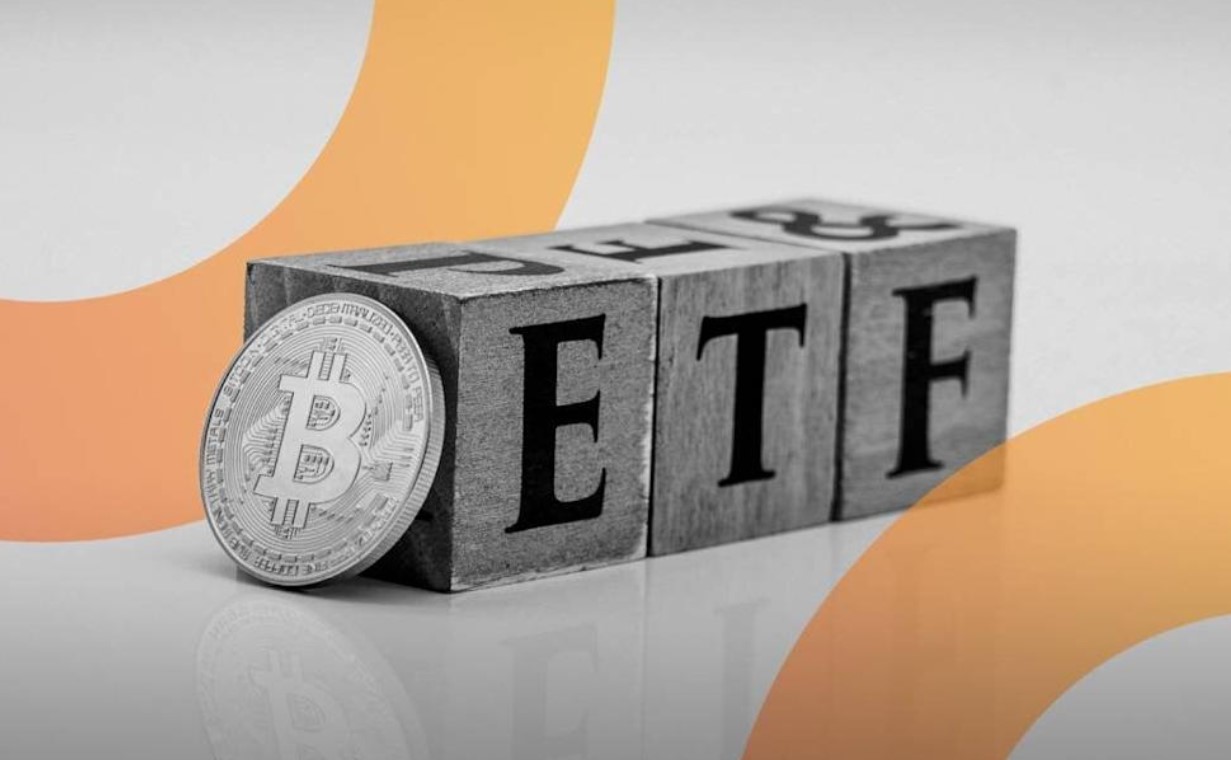Two major names in digital asset management are pushing the boundaries of traditional investing. Bitwise and 21Shares have updated their Ethereum and Solana ETF filings with the U.S. Securities and Exchange Commission to include staking provisions, a step that could reshape how crypto ETFs operate in the U.S. This could be the first time regulated U.S. funds generate on-chain rewards for investors.
Investors and industry insiders are watching closely, as the move signals a possible shift in the SEC’s stance toward staking, long seen as a regulatory gray area.
Bitwise and 21Shares Lead the Staking ETF Charge
The amended S-1 filings, submitted earlier this week, outline how both ETFs could actively participate in blockchain validation. By staking Ethereum and Solana, the funds could earn network rewards and pass them on to investors, blending decentralized finance incentives with traditional ETF structures.
If approved, these funds would not just hold cryptocurrencies—they would make those assets work to generate additional yield.
For context, Ethereum staking currently offers an average annual return of 3 to 4 percent, while Solana staking can yield 7 to 8 percent. These returns far outpace typical ETF management fees, which usually range from 0.20 to 0.30 percent annually.

Potential Impact on the U.S. Crypto ETF Market
For years, U.S.-based crypto ETFs have lagged behind global peers in offering yield-driven products. Overseas ETFs often combine asset exposure with staking or other yield-generating strategies, giving international investors a stronger incentive to buy.
By including staking, Bitwise and 21Shares could make their offerings more competitive:
Net yield could become a primary selling point, beyond just liquidity or low fees.
Investors may weigh staking performance alongside traditional ETF metrics like expense ratios.
The line between passive investment and active network participation could blur, creating a hybrid model.
Experts suggest this could attract a broader range of investors, from traditional ETF buyers seeking stable returns to crypto enthusiasts who understand staking mechanics.
Regulatory Implications and SEC Engagement
These amendments come after months of quiet discussions between ETF sponsors and the SEC regarding the treatment of staking income. While the filings do not guarantee regulatory approval, they hint at a possible softening in the SEC’s previously strict approach to staking within U.S.-registered funds.
Some industry analysts view this as a potential watershed moment. Successfully merging staking rewards with ETFs could pave the way for more innovative financial products, such as:
Multi-asset crypto ETFs that earn yields across several networks.
Institutional-grade products offering exposure to DeFi incentives under regulated frameworks.
The SEC has yet to release a formal statement on these changes. But the very act of submitting amended filings could signal growing regulatory comfort with incorporating blockchain reward mechanisms into traditional investment vehicles.
How Staking Could Change Investor Strategies
Currently, investors in crypto ETFs focus largely on price appreciation, liquidity, and fund management costs. Staking could introduce a new dimension to decision-making:
Yield-focused evaluation: Investors may prioritize funds that offer higher net returns from staking.
Long-term holding incentives: Continuous staking rewards could encourage longer holding periods, benefiting both fund performance and network security.
Risk considerations: Staking carries network-specific risks, including lock-up periods and potential penalties for validator misbehavior, which could impact fund returns.
A table comparing potential staking yields and standard ETF fees underscores the appeal:
| Asset | Average Staking Yield | Typical ETF Fee |
|---|---|---|
| Ethereum (ETH) | 3–4% | 0.20–0.30% |
| Solana (SOL) | 7–8% | 0.20–0.30% |
The contrast highlights the value proposition of staking-enabled ETFs for investors willing to embrace slightly higher complexity in exchange for better returns.
Global Competitiveness and Future Outlook
If approved, these ETFs could set a benchmark for U.S. crypto funds and encourage other issuers to explore staking or similar yield mechanisms. The move may also intensify competition with overseas ETFs, pressuring U.S. funds to innovate or risk losing market share.
Some analysts believe this could spark a broader trend in the ETF space, where the line between traditional investing and decentralized finance becomes increasingly blurred. As more investors seek exposure to blockchain economies, products that combine regulation, yield, and asset appreciation could see significant demand.
The key takeaway is clear: staking could transform how investors engage with crypto ETFs, creating a hybrid model that offers both exposure and income.
The industry now awaits the SEC’s response, which could shape the future of crypto-based ETFs in the U.S. and redefine how traditional investors interact with blockchain networks.
Investors and crypto enthusiasts should watch closely and consider how this shift might affect their portfolios. What do you think about staking-enabled ETFs? Share this article and join the conversation.



















